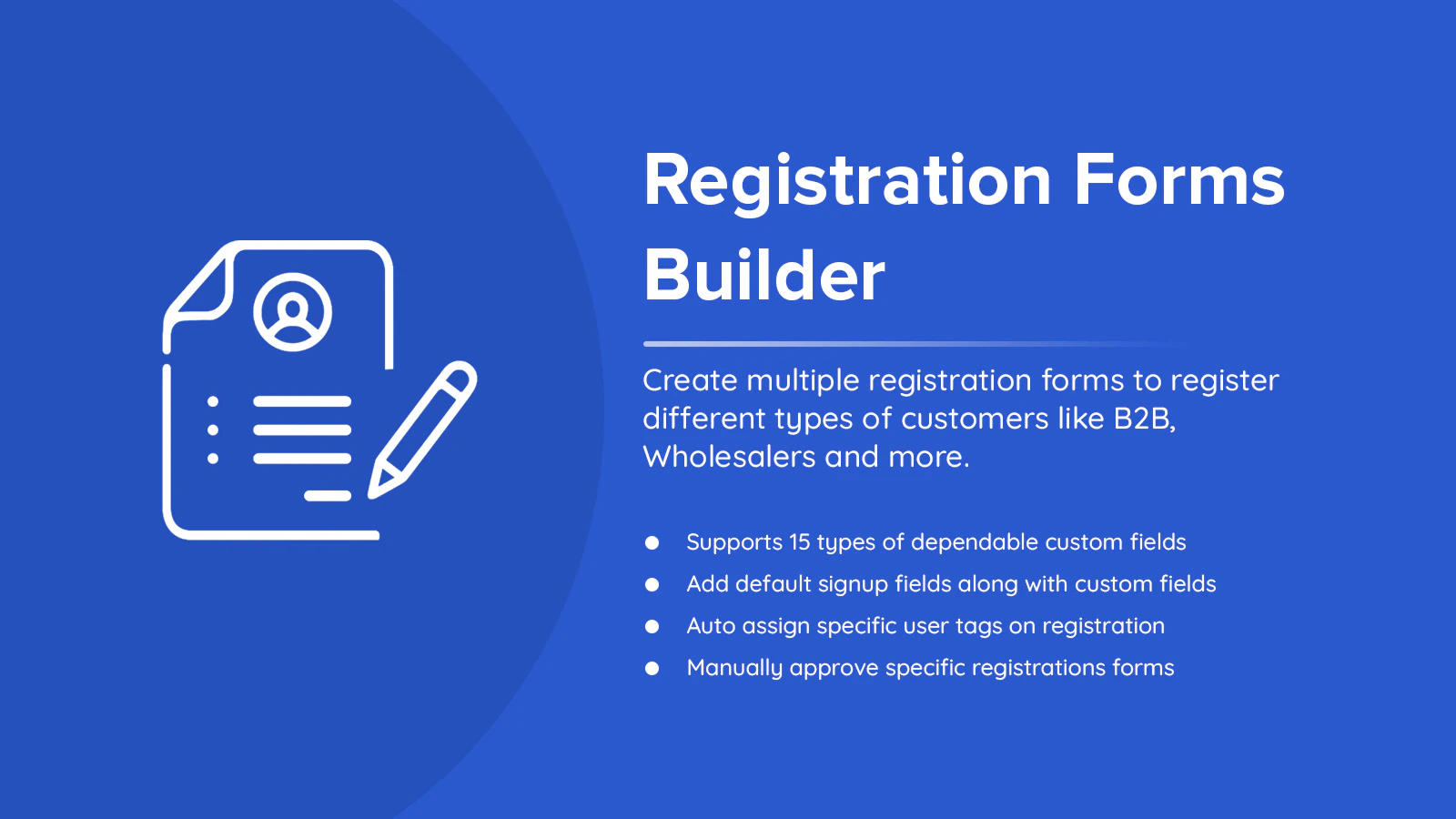
Effective communication with customers is key to success. The Shopify Form Builder app offers online store owners a powerful tool to create customized forms that facilitate customer engagement, gather feedback, and streamline various business processes.
This article provides an in-depth look at how to use the Shopify Form Builder app effectively, helping you maximize its potential for your online store.
Tips for Getting the Most Out of Shopify Form Builder
1. Understanding the Shopify Form Builder App
The Shopify Form Builder app allows merchants to create custom forms for a variety of purposes, such as contact forms, feedback surveys, registration forms, and more. With an intuitive drag-and-drop interface, users can easily design forms tailored to their specific needs. This flexibility makes it easy to gather the information necessary to improve customer experiences, streamline operations, and drive sales.
2. Setting Up Your Forms
The first step in utilizing the Shopify Form Builder effectively is to set up your forms strategically. Start by identifying the purpose of each form. Do you want to gather customer feedback, capture leads, or facilitate event registrations? Clearly defining the goal will guide you in selecting the right fields and layout for your form.
When creating a form, consider including essential fields such as name, email address, and message. Depending on the form’s purpose, you might also include dropdown menus, checkboxes, or radio buttons for more structured responses. Customizing the form fields to suit your objectives helps ensure you collect the most relevant information.
3. Designing User-Friendly Forms
The design of your forms plays a significant role in user experience. A clean, organized layout encourages users to complete the form without frustration. Use clear labels for each field, and ensure that the overall design aligns with your brand’s aesthetics. This not only enhances usability but also reinforces your brand identity.
Limit the number of fields on forms to keep them concise. Long forms can deter users from completing them, so ask only for the information you truly need. If you require additional information, consider using multi-step forms to break the process into manageable parts, making it less overwhelming for users.
4. Implementing Conditional Logic
One of the standout features of the Shopify Form Builder app is the ability to implement conditional logic. This allows you to show or hide fields based on user responses, creating a more personalized experience. For instance, if a user selects a specific product category, you can display relevant follow-up questions or options. This not only streamlines the form-filling process but also increases the likelihood of receiving valuable, targeted information.
5. Integrating with Other Apps
To maximize the effectiveness of your forms, consider integrating the Shopify customer registration form with other apps in your tech stack. For example, connecting your forms to email marketing platforms like Mailchimp can automate the process of adding new leads to your mailing list. Similarly, integrating with CRM systems can help you manage customer interactions and follow-ups more efficiently.
6. Testing and Optimizing Your Forms
Once your forms are live, it’s essential to monitor their performance and make adjustments as needed. Analyze form submissions to identify trends, such as common drop-off points or frequently unanswered questions. A/B testing different versions of your forms can also provide insights into what works best for your audience. Small changes, such as rephrasing questions or adjusting the layout, can significantly impact completion rates.
7. Engaging with Customers Post-Submission
After a customer submits a form, it’s crucial to maintain engagement. Use automated responses to acknowledge receipt of their submission and outline the next steps. This reassures customers that their input is valued and lets them know what to expect. Depending on the form’s purpose, follow up with personalized emails or offers based on their responses to keep the conversation going.
Conclusion
The Shopify Form Builder app is an invaluable tool for online store owners seeking to enhance customer engagement and streamline their operations. By understanding how to set up and design forms effectively, implementing conditional logic, integrating with other apps, and continuously optimizing your forms, you can create a seamless experience for your customers. Ultimately, leveraging the Shopify Form Builder app can lead to improved customer satisfaction, increased conversions, and stronger relationships with your audience. In a digital marketplace where every interaction counts, investing in effective communication through well-designed forms is a strategic move that can set your store apart.